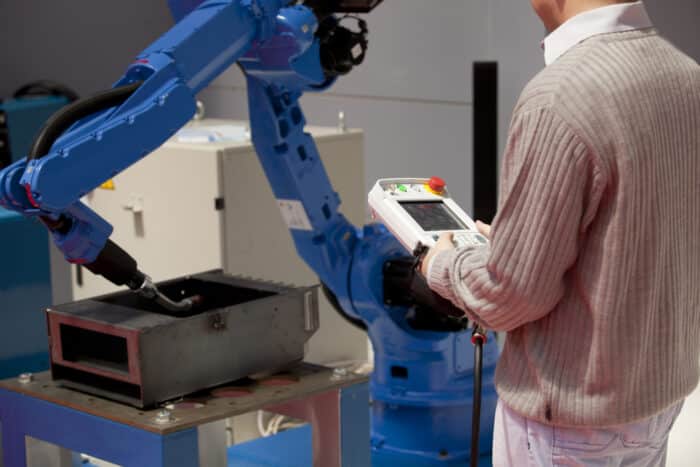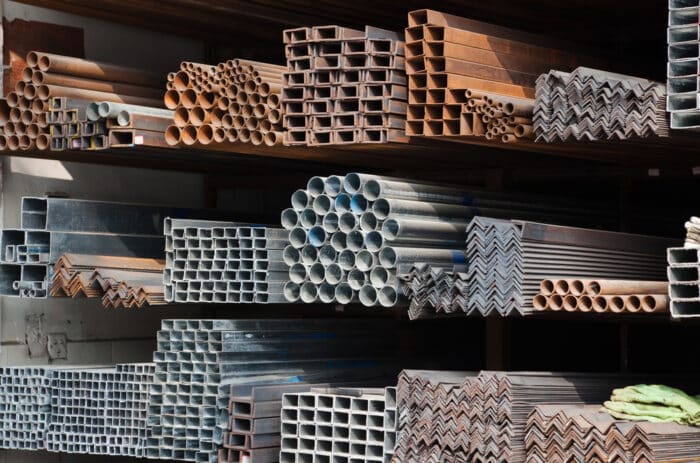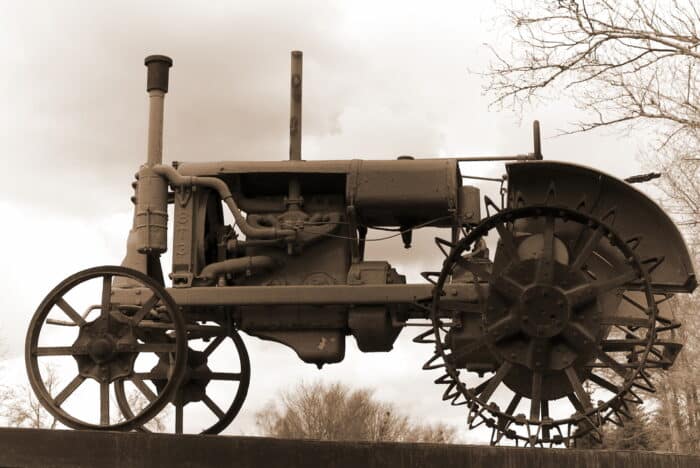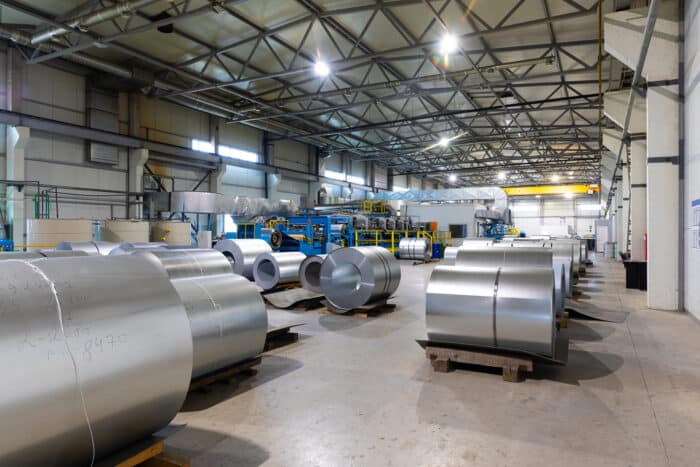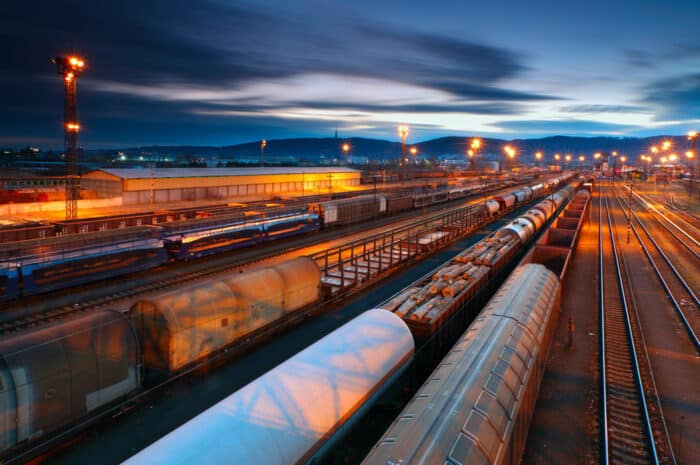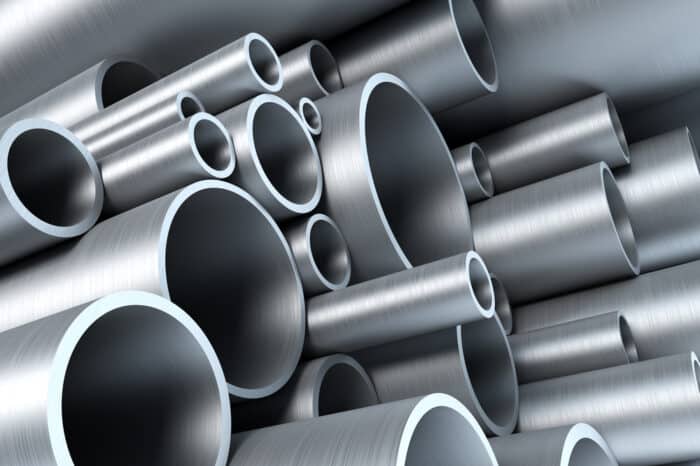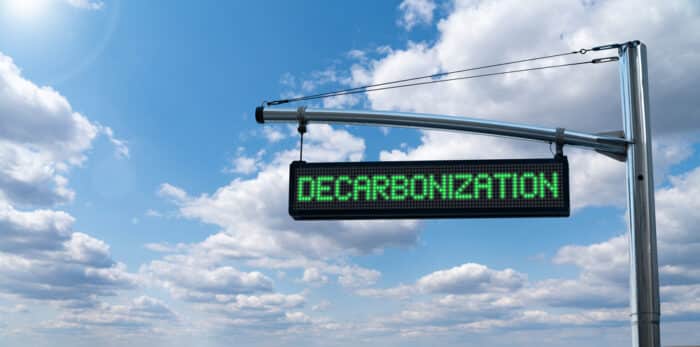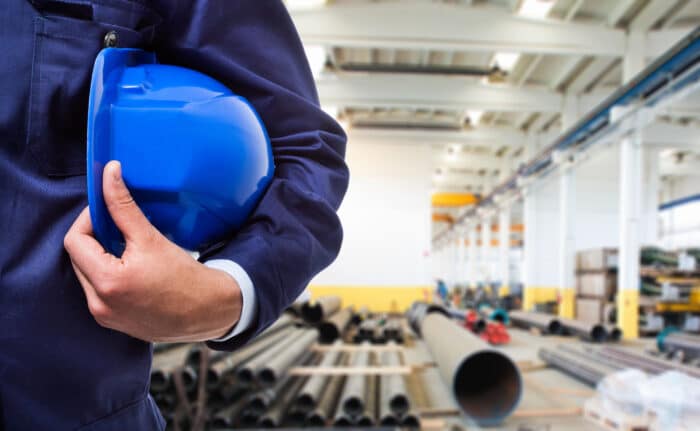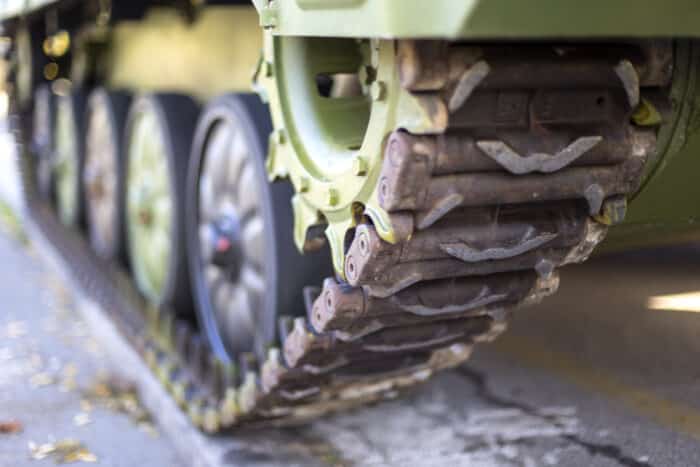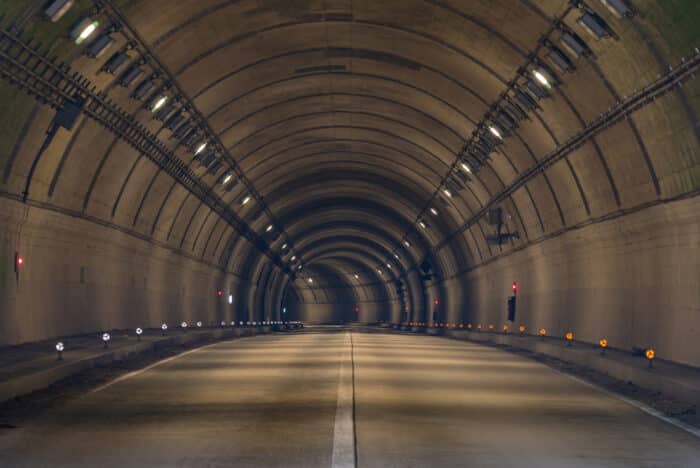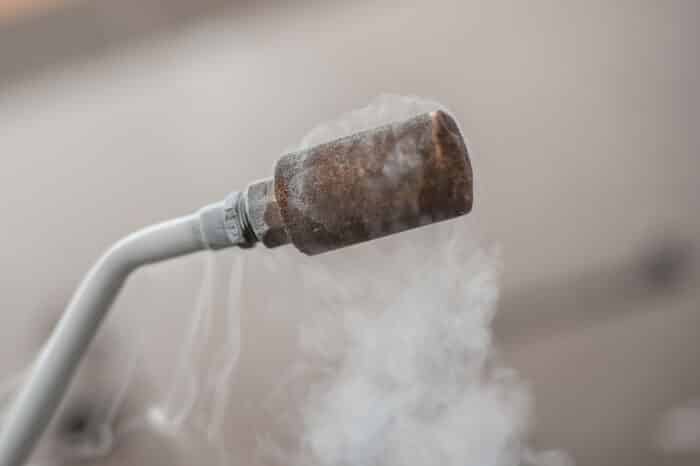The steel industry has been around since the late 18th century. A time when the...
The steel industry is indispensable to the global economy, making its overall prospects a large...
The development of steel structures in the United States is a history full of innovation....
Steel’s legacy through human history has made long-lasting impacts on nearly every sector of our...
Steel is responsible for nearly 9% of carbon emissions worldwide because it has traditionally been heavily reliant on coal.
Railroad transportation is critical and a strike has the potential to cost billions of dollars and highlights weaknesses in our supply chain.
Stainless steel needs to be protected to prevent damaging effects due to impurities. One of the most common ways to do this is with a process called passivation.
Innovative plans are underway to reduce the environmental impact. Decarbonization refers to the process of reducing carbon in the atmosphere.
Steel is one of the most highly used metals in the modern world. Sky scrapers, tunnels, and bridges all use massive amounts of steel. Unfortunately, like many large industries, manufacturing creates high amounts of carbon dioxide, which contributes to air pollution and climate change.
Steel is commonly used in the armed forces due to its incredible resilience against weaponry...
The top choice material for tunnel construction is often steel. Steel is frequently used in tunnels because of its natural properties. Learn more.
Cryogenic piping is used to transport substances that have an extremely low temperature. The pipes...


